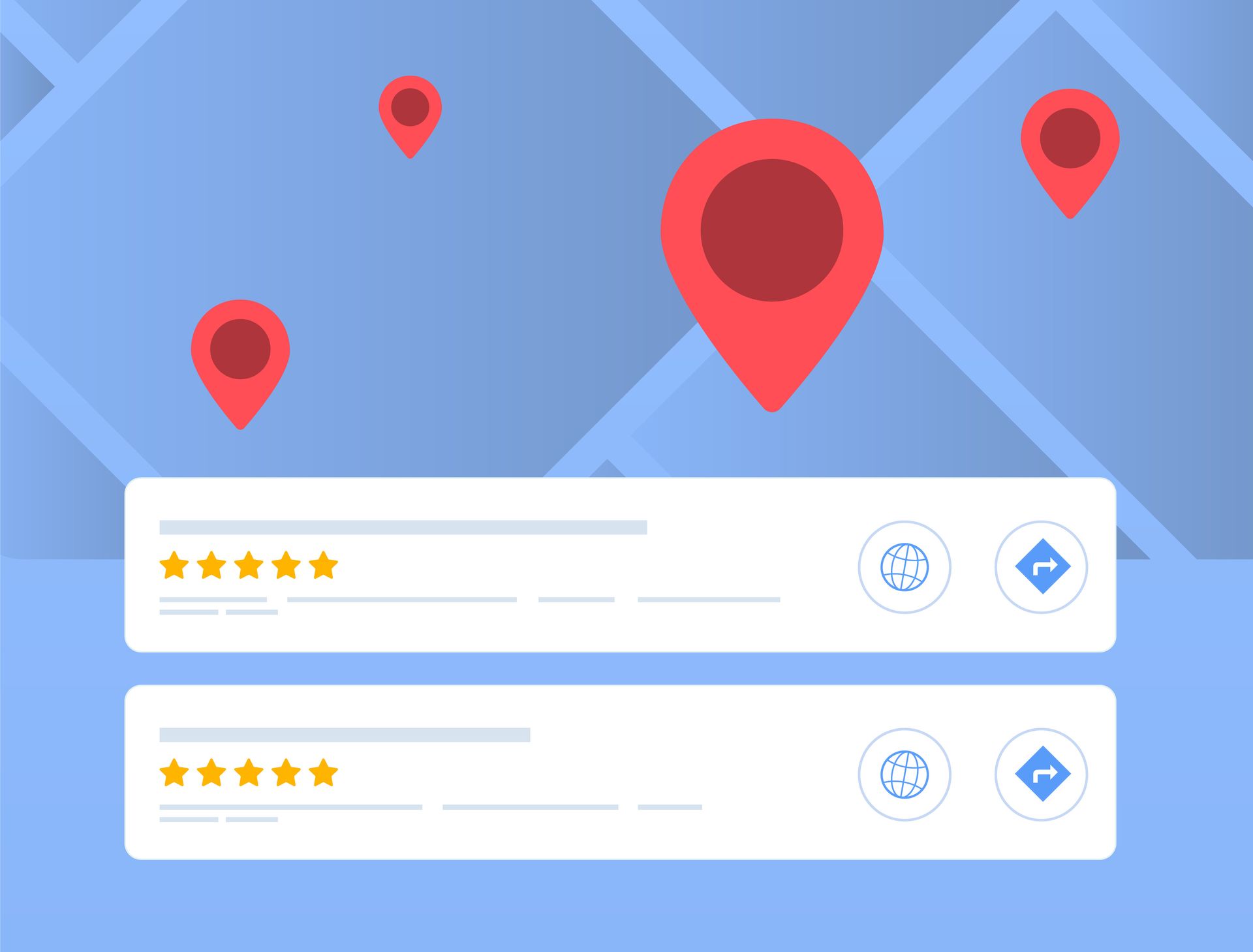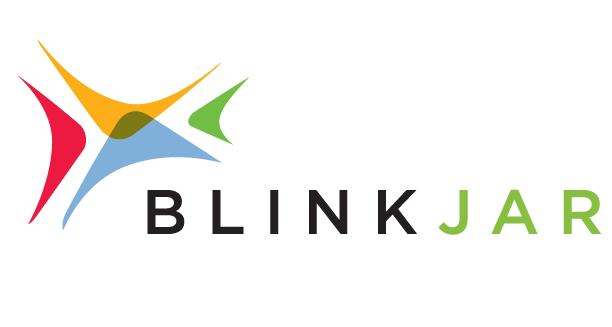Maximizing Google Ad Performance: The Benefits of Using Assets in Google Search Ads
Google Search Ads can be a powerful tool for businesses looking to reach their target audience at the right moment. However, simply running an ad isn’t enough to stand out and create results. To maximize visibility and engagement, advertisers should leverage Google Ads assets, formerly known as ad extensions. These additional information platforms can enhance your ads, improve user experience for your ads and website, and boost performance.
How Do Google Ads and SEO Work Together?
What Are Google Ads Assets?
Additional elements known as “assets” enhance your search advertising footprint by adding more pertinent information, like locations, phone numbers, links, promotions, and more. These resources give users more reasons to interact with your company, raise click-through rates (CTR), and enhance ad visibility. Ad performance and return on investment (ROI) can see greater results by integrating these resources into your Google Search Ads campaign.
Key Benefits of Using Google Ads Assets
Adding assets to your Google Ads creates a more robust experience for searchers, adding to the real estate you have on the SERP (search engine results page), and they offer more conversion opportunities.
Increased Click-Through Rate (CTR)
By including assets, your ads become more visually appealing and educational, which increases clicks. Sitelinks, for instance, show your visitors to specific sections of your website, including contact pages, product categories, and special deals. This increases the possibility that a user will click by providing more ways to interact with your company.
Improved Google Ad Rank and Quality Score
Google rewards well-optimized ads with better rankings. Assets contribute to a higher Ad Rank by making ads more relevant and user-friendly. A higher Ad Rank means better ad placements at a lower cost-per-click (CPC). Since Quality Score is influenced by expected CTR and ad relevance, using assets can improve your ad’s overall quality, leading to better performance in auctions.
Enhanced User Experience
Google Ads assets provide users with more valuable information upfront, reducing friction in their search journey. For instance, callout assets highlight unique selling points like “Free Shipping” or “24/7 Customer Support,” while structured snippet assets give users insights into services or product categories. These enhancements help users find what they’re looking for faster, leading to a better overall experience.
More Real Estate on the Search Engine Results Page (SERP)
Ads with assets take up more space on the search results page, pushing competitors further down. This increased visibility makes your ad stand out and captures more attention. Location assets, for example, can display your business address and distance from the user, making it easier for local customers to find you.
Higher Google Ad Conversion Rates
When ads provide more relevant information, users are more likely to take action. The call asset for your Google Ads allows users to contact your business directly from the ad, while lead form assets enable users to submit their details without leaving the search page. These direct engagement options streamline the conversion process, leading to higher conversion rates.
Cost-Effective Advertising Strategy for Google Ads
Google Ads assets improve ad performance without increasing costs. Since assets help increase CTR and relevance, they often lead to lower CPCs and better overall ad efficiency. More effective ads mean higher ROI, allowing businesses to make the most of their advertising budget.
Types of Google Ads Assets to Consider
To maximize your ad’s effectiveness, consider implementing the following Google Ads assets:
- Sitelink Assets – Direct users to specific website pages.
- Callout Assets – Highlight unique selling points.
- Structured Snippet Assets – Showcase product categories or services.
- Call Assets – Enable direct calls from search ads.
- Location Assets – Display your business location for local searches.
- Price & Promotion Assets – Highlight special offers and discounts.
- Lead Form Assets – Capture potential customer information directly from the ad.
If you’re not currently using Google Ads assets, now is the time to start. Experiment with different asset types, track performance, and refine your strategy to maximize your advertising success.
The
experts at BlinkJar Media have been helping businesses and organizations grow and thrive with Google Ads. These strategies can enhance your budget and improve your results.








